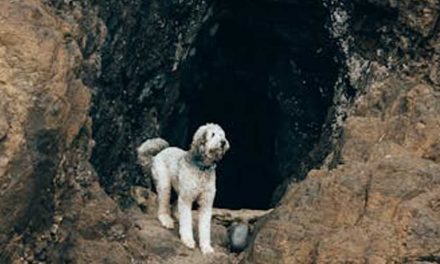It’s not uncommon for dogs to show reluctance when it comes to going for walks.
Whether it’s due to fear, discomfort, or simply a stubborn personality, there are several strategies you can employ to encourage your furry friend to get moving.
Here’s a guide to help you understand and address the issue.
1. Assess the Situation – Health Check:
Ensure that your dog is not experiencing any physical pain or health issues.
Consult with your veterinarian if there are signs of discomfort, limping, or any behavioral changes.
Environment:
Observe the surroundings. Sometimes unfamiliar noises, crowds, or other animals can make your dog anxious.
Try walking in a quieter area or during less busy times.
2. Build a Positive Association – Use Treats:
Bring along some of your dog’s favorite treats. Offer them to encourage your pup to take a few steps forward.
Praise and Encouragement:
Use positive reinforcement.
Cheer them on and praise them when they make even small attempts to walk.
3. Gradual Exposure
Short Walks:
Start with very short walks.
Just stepping out of the house or walking down the driveway might be a good starting point.
Gradually increase the length as your dog becomes more comfortable.
Familiar Routes:
Stick to familiar paths where your dog feels safe.
Reducing uncertainty can help ease their reluctance.
4. Use a Different Equipment – Collars vs. Harnesses:
If you’re using a collar, consider switching to a well-fitted harness, which can be more comfortable and provide better control without putting pressure on the neck.
Leash Type:
Experiment with different types of leashes.
A non-retractable leash can give you more control and prevent your dog from pausing too frequently.
5. Be Patient and Consistent – Stay Calm:
Your dog can sense your frustration.
Keep a calm demeanor to reassure them that there’s nothing to fear.
Regular Schedule:
Create a consistent walking schedule.
Regularity can help your dog feel more secure about their walks.
6. Consider Professional Help – Training Classes:
Look into training classes for both you and your dog.
A professional can provide valuable insights and strategies.
Behaviorist:
If your dog’s reluctance persists or seems rooted in anxiety or fear, consider consulting a certified animal behaviorist for specialized guidance.
7. Alternative Forms of Exercise
If walks remain a challenge, explore other ways to get your dog moving:
Playtime at Home:
Engage in interactive play, such as fetch or tug-of-war.
Backyard Games:
If you have a yard, set up activities that require them to run and play.
Doggy Daycare:
Sometimes, interaction with other dogs can motivate your pet to exercise more.
Conclusion
Understanding and addressing your dog’s reluctance to walk requires patience, observation, and sometimes a little creativity.
By following these strategies, you can help your furry friend feel more comfortable and willing to enjoy the great outdoors.
Remember, every dog is unique, so it may take some time to find what works best for your pup.











